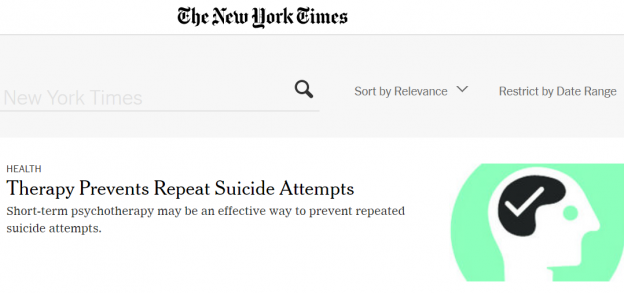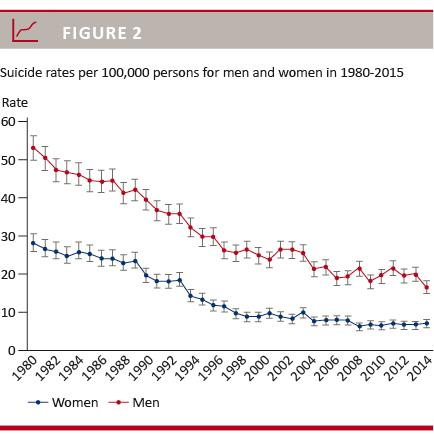Although deliberate self-harm is a strong predictor of suicide, evidence for effective interventions is missing. The aim of this study was to examine whether psychosocial therapy after self-harm was linked to lower risks of repeated self-harm, suicide, and general mortality.
Our findings show a lower risk of repeated deliberate self-harm and general mortality in recipients
The project was supported by Danish Health Insurance Foundation; the Research Council of Psychiatry, Region of Southern Denmark; the Research Council of Psychiatry, Capital Region of Denmark; and the Strategic Research Grant from Health Sciences, Capital Region of Denmark.
The project in the media
Information
TV2
Politiken
Kristeligt Dagblad
Jyllandsposten
DR
Abroad
New York Times
BBC
The Washington Post
Bloomberg News
The study was published in Psychological Medicine and Lancet Psychiatry.
DRISP: Annette Erlangsen & Merete Nordentoft
Partners:
- Elizabeth A Stuart, Department of Biostatistics, Johns Hopkins Bloomberg School of Public Health, Baltimore, MD, USA
- Ping Qin, National Centre for Suicide Research and Prevention, University of Oslo, Oslo, Norway
- Elsebeth Stenager, Department of Psychiatry, University of Southern Denmark, Odense, Region of Southern Denmark, Denmark
- Leaders of the Danish Suicide Prevention Clinics





